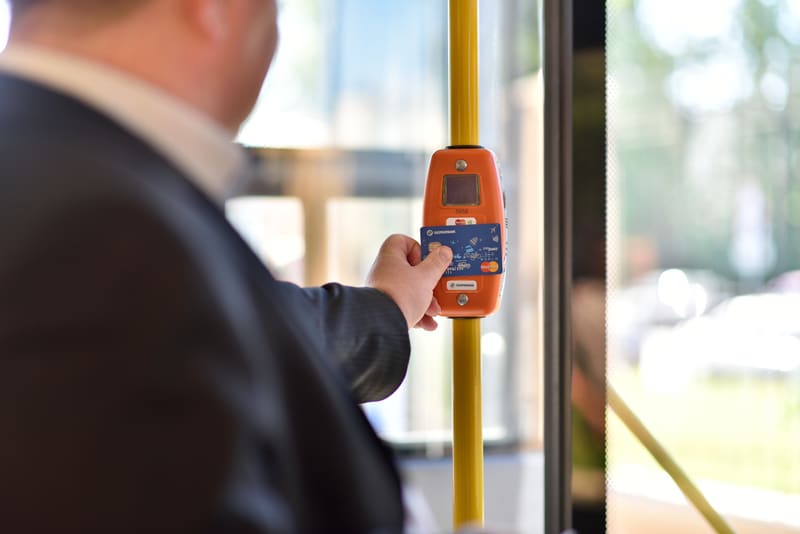
Article Highlights
When it comes to interoperability in the way transit agencies can roll out and operate open-loop payments, much more needs to be done. That’s according to managers at the Brussels-based International Association of Public Transport, which last July launched the Urban Mobility Open Payments Forum with payments schemes and vendors.
A growing number of transit agencies, especially in Europe, are moving to open-loop payments.
• UITP
• Transport for London
• Visa
• Mastercard
• American Express
• Scheidt & Bachmann
• Thales
• Flowbird
One of the main selling points for open-loop payments is that it offers a form of interoperability that enables riders to use the same credit or debit card to pay their fares whether they ride in London, New York or Singapore.


















